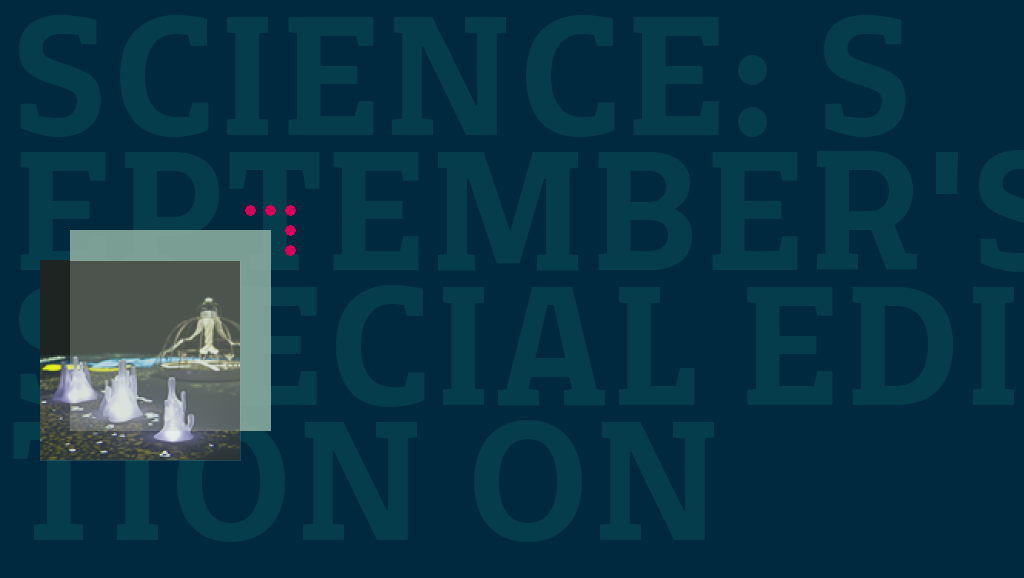On September 2 the US based journal science published a special edition on synthetic biology, a topic that has been debated through several article on this website.
The journal was not entirely devoted to this single argument, although it contained several articles and reviews addressing the problem in a special edition section. The following is a selection of those articles that address problems most directly associated with the interests of the Bassetti Foundation.
The introduction is entitled “The Allure of Synthetic Biology” and is the only section freely available through the Sciencemag website. In the introduction authors Valda Vinson and Elizabeth Pennisi offer a general overview of the world and working practices of synthetic biology before giving a brief description of the articles to follow.
After the introduction the section hosts an article written by John Bohannon, in which the author narrates the life and works of Harvard Scientist George Church. Church is a leading light in synthetic biology and has made many breakthroughs over the years. He is currently experimenting with a machine of his own construction called MAGE. The machine takes bacteria on a large scale and alters their genomes, and he believes that it could pave the way for cheaply manufacturing industrial chemicals from biomass. His great goal is different however, he believes that he will one day be able to “hack into a cell’s genetic code and make the cell impervious to viruses”.
The issue continues on the theme of biofuels with an article by Robert F. Service in which he describes how synthetic biology techniques are revitalizing the field of biofuels in the US. Investment is flooding into the sector, both from private companies and the state, as new techniques promise to make oil extraction from algae a much more viable proposition.
One of the techniques described involves making the algae behave differently towards one another. In a natural setting they take all the sunlight they can, which means the density of production is very limited, but researchers have successfully engineered algae that only absorb the light they actually need to produce oil, raising growth potential by 30%.The addition of a human gene that helps regulate carbon dioxide in blood cells can improve photosynthesis rates by up to 136%. The author also raises the issue that these companies are proceeding in “poorly disclosed ways”, hinting at the problem of secrecy in such a potentially lucrative market. Church himself hopes that one day his machine will be worth billions of dollars, and this factor leads to the secrecy and patent issues that have been addressed many times on this website.
In an article entitled “A Lab Of Their Own”, Sam Kean recounts the story of a small group of do it yourself biologists that have set up a community lab in new York. This article makes for very interesting reading and raises several ethical questions. The group has their own lab and practice “citizen science” of several types, including genetic engineering. The lab is cobbled together from various sources, and offers classes for budding scientists (both children and adult) in order to fund itself. The members are very wary of their obligations towards society, and screen all materials and projects before passing them, but the project demonstrates how “easy” it is to conduct these types of experiments, and raises the issue of security in what seems to be an ethically complex position. It would seem that genetic manipulation and modification can be done by interested persons with a little easily obtained equipment, and that serious regulation is either already impossible or soon will be.
In “Visions of Synthetic Biology”, Sara Reardon describes the current “state of the arts” in synthetic biology. Artists are experimenting with synthetic biology personally in labs, but are also representing it through their art as they see it, in some cases the savior of humanity and in others a great threat. She argues that artists not only embrace but also critique science, and that their production is one way to propose the ethical issues involved for discussion to the general population. Art can create debate within society about ethical issues and artists tend to be rightly or wrongly critical and sensitive to these types of debate.
Some examples are absurd but poignant, such as the “suitcase full of colored poo”. In the artist’s vision people can be engineered so that their feces changes color according to their illness. See the article Science Meets Art: Bacterial Culture for an explanation.
The issue concludes with a series of technical reviews and other articles that are geared towards a professional reading of synthetic biology problems. Topics such as the degree to which biology can actually become synthetic, synthetic biology in medicine and regulating industry use of biotechnologies are addressed, but some of these articles are much more technical in nature and require specialist knowledge.
———————
photo: Alter Nature: We Can – David Benqué – Acoustic Botany (2010) by Z33 art centre of Hasselt from Flickr.
















